Space
Sign up for our newsletter
We summarize the week's scientific breakthroughs every Thursday.
-
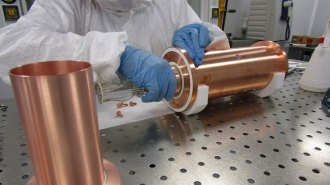 Cosmology
CosmologyThe dark matter mystery deepens with the demise of a reported detection
Early results from an experiment designed to replicate one that hinted that dark matter is made up of WIMPs came up empty-handed.
-
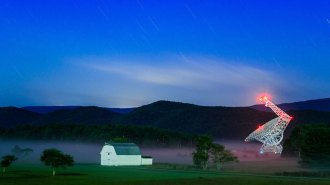 Astronomy
AstronomyCarbon-ring molecules tied to life were found in space for the first time
Two types of polycyclic aromatic hydrocarbons in the Taurus Molecular Cloud are far more abundant than predicted.
-
 Space
Space‘Oumuamua may be a chip knocked off an icy, Pluto-like exoplanet
If the first interstellar visitor were a shard of nitrogen ice, it would explain some of its unusual behavior when it passed through our solar system.
-
 Astronomy
AstronomyA gargantuan supernova remnant looks 40 times as big as the full moon
New observations confirm that a cloud in the constellation Antlia really is a supernova remnant and the largest ever seen from Earth.
By Ken Croswell -
 Space
SpaceMost of Mars’ missing water may lurk in its crust
Computer simulations of the fate of Mars’ water may explain why the Red Planet turned into a desert, when so little of its water has escaped into space.
-
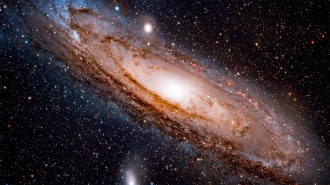 Astronomy
AstronomyAndromeda’s and the Milky Way’s black holes will collide. Here’s how it may play out
Supermassive black holes in the Milky Way and Andromeda will engulf each other less than 17 million years after the galaxies merge, simulations show.
By Sid Perkins -
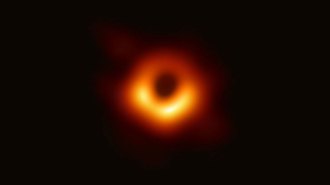 Physics
PhysicsBlack hole visionaries push the boundaries of knowledge in a new film
‘Black Holes: The Edge of All We Know’ follows researchers with the Event Horizon Telescope and other physicists working to understand black holes.
-
 Space
SpaceSolar storms can wreak havoc. We need better space weather forecasts
Solar storms can devastate power grids and other systems on Earth. We need better forecasting
By Ramin Skibba -
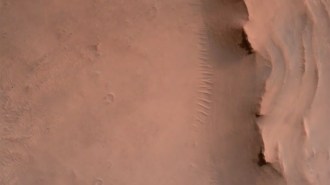 Planetary Science
Planetary ScienceWatch real video of Perseverance’s Mars landing
NASA’s Perseverance rover filmed its own landing on Mars. Here’s that video.
-
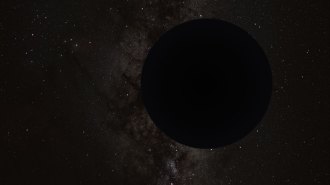 Astronomy
AstronomySigns of a hidden Planet Nine in the solar system may not hold up
Hints of a remote planet relied on clumped up orbits of bodies beyond Neptune. A new study suggests that clumping is an illusion.
-
 Astronomy
AstronomyThe first black hole ever discovered is more massive than previously thought
New observations of Cygnus X-1 are leading astronomers to rethink what they know about stars that turn into black holes.
-
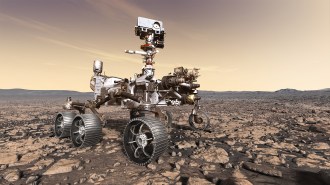 Planetary Science
Planetary ScienceNASA’s Perseverance rover has touched down on Mars
The spacecraft will arrive at Mars on February 18, joining missions from China and the United Arab Emirates.